Home>diy>Building & Construction>What Wood Is Used In Construction
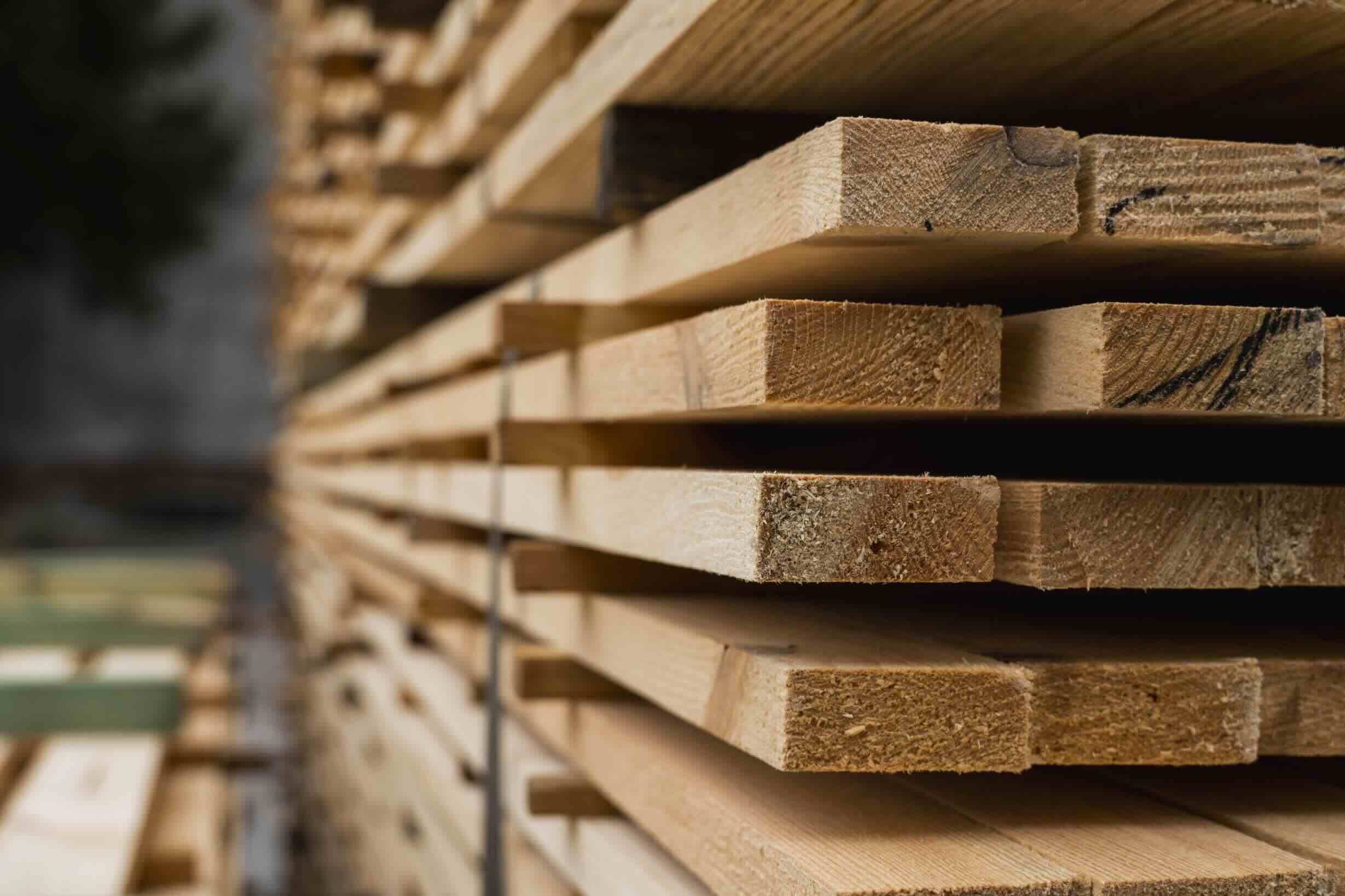

Building & Construction
What Wood Is Used In Construction
Modified: December 7, 2023
Discover the most commonly used wood in building construction and learn about its properties and benefits. Enhance your knowledge of building materials and techniques.
(Many of the links in this article redirect to a specific reviewed product. Your purchase of these products through affiliate links helps to generate commission for Storables.com, at no extra cost. Learn more)
Introduction
Construction is a vital industry that shapes the world we live in today. From towering skyscrapers to cozy residential homes, every building requires a strong foundation and sturdy materials. Among the essential components of construction, wood plays a significant role due to its versatility, durability, and aesthetic appeal.
When it comes to wood used in construction, there are various types to consider. The choice of wood depends on factors such as the purpose of the structure, environmental conditions, and budget. In this article, we will explore the different types of wood commonly used in construction and their unique characteristics.
Key Takeaways:
- Softwood, such as pine and cedar, is a cost-effective and versatile choice for construction, offering natural resistance to rot and decay, easy workability, and reliable structural support.
- Hardwood, like oak and mahogany, provides unparalleled strength, durability, and aesthetic appeal, making it ideal for high-end architectural features, flooring, and long-lasting structures.
Softwood
Softwood is one of the most widely used types of wood in construction. Contrary to what the name suggests, softwood is not necessarily softer than hardwood. The distinction between the two lies in the structure of the tree rather than its actual hardness.
Softwood is sourced from coniferous trees such as pine, spruce, and cedar. These trees grow relatively fast, making softwood more abundant and cost-effective compared to hardwood. Softwood also possesses excellent strength-to-weight ratios, making it suitable for various structural applications.
Softwood is commonly used for framing, as it provides good structural support for buildings. It is also used in the construction of flooring, decking, and roofing materials. Additionally, softwood is utilized in the production of doors, windows, and furniture.
One key advantage of softwood is its natural resistance to rot and decay. However, it is prone to damage from insects and moisture. Therefore, it is often treated with preservatives to enhance its durability and make it more resistant to these elements.
Softwood can be easily cut, shaped, and treated, which makes it a preferred choice for construction projects. It also holds nails and screws well, ensuring a secure and stable structure. Furthermore, its lighter weight compared to hardwood makes it easier to transport and handle on-site.
Overall, softwood is a versatile and economical option for construction. Its strength and durability, combined with its easy workability, make it a popular choice for many building projects.
Hardwood
Hardwood is another type of wood commonly used in construction. It is known for its strength, durability, and natural beauty. Hardwood is sourced from deciduous trees such as oak, mahogany, and maple. These trees grow slowly, resulting in a denser and more durable wood compared to softwood.
Hardwood is often preferred for its aesthetic appeal and the unique grain patterns it offers. It is commonly used for flooring, cabinetry, furniture, and decorative elements in buildings. Hardwood is also utilized in the construction of high-end architectural features such as ornate trim and paneling.
In terms of strength, hardwood is often selected for structural applications that require load-bearing capacity. It provides excellent stability and can withstand heavy loads, making it suitable for beams, columns, and framing components.
Hardwood is naturally resistant to wear and tear, making it a durable choice for long-lasting structures. It is also less susceptible to damage from insects and moisture compared to softwood. However, to ensure optimal performance and longevity, hardwood may still be treated with protective coatings and preservatives.
Working with hardwood can be more challenging due to its density and hardness. It requires specialized tools and skills to cut, shape, and join the wood effectively. However, the end result is a beautiful and durable construction that stands the test of time.
While hardwood is generally more expensive than softwood, it offers unique qualities and a luxurious finish that justifies the investment. Its natural beauty and durability make it a desirable choice for discerning homeowners and architects who value quality and aesthetics.
When choosing wood for construction, consider the durability and strength of the wood species. Hardwoods like oak and maple are often used for structural elements, while softwoods like pine and cedar are commonly used for framing and siding.
Engineered Wood
Engineered wood, also known as composite wood or man-made wood, is a type of wood that is manufactured by binding together layers of wood veneers or fibers. It is designed to maximize the use of wood resources and enhance the performance of the material for specific applications.
Engineered wood offers several advantages over traditional solid wood. One of the key benefits is its improved stability and resistance to warping, shrinking, and expanding due to changes in moisture and temperature. This makes it an excellent choice for flooring and other applications where stability is crucial.
There are various types of engineered wood, including plywood, oriented strand board (OSB), and laminated veneer lumber (LVL). Each type has its own unique properties and applications.
Plywood is made by bonding together thin layers of wood veneers with adhesives. It is widely used in construction for structural purposes such as wall and roof sheathing, subfloors, and cabinets. Plywood is known for its strength and stability, making it a durable and reliable choice.
OSB is made by compressing and gluing together strands of wood, creating a strong and cost-effective panel. It is commonly used for sheathing, flooring, and subflooring in both residential and commercial construction.
LVL is made by bonding together thin layers of wood veneers, creating a strong and dimensionally stable product. It is often used in applications that require long spans and high loads, such as beams, headers, and trusses.
Another form of engineered wood is composite decking, which combines wood fibers and plastic to create a durable and low-maintenance decking material. Composite decking offers the natural look of wood while being resistant to moisture, insects, and rot.
Engineered wood provides a sustainable and efficient alternative to solid wood. By using wood fibers more efficiently, it reduces waste and helps preserve natural resources. Additionally, the manufacturing process allows for greater customization and consistency in terms of strength and performance.
Overall, engineered wood offers a versatile and environmentally friendly solution for various construction applications. Its strength, stability, and cost-effectiveness make it a popular choice in the modern building industry.
Treated Wood
Treated wood, also known as pressure-treated wood, is a type of wood that has been treated with chemicals to enhance its durability and resistance to decay, insects, and moisture. This treatment process involves placing the wood in vacuum chambers and applying pressure to force the preservatives deep into the wood fibers.
Treated wood is commonly used in outdoor construction projects where the wood is exposed to harsh environmental conditions, such as decks, fences, and landscaping structures. The treatment process significantly extends the lifespan of the wood, making it more resistant to rot, decay, and insect damage.
There are various types of preservatives used in the treatment process, including copper-based chemicals, such as chromated copper arsenate (CCA), alkaline copper quat (ACQ), and copper azole (CA). These preservatives provide long-lasting protection against fungal decay and insect infestation.
Treated wood is available in different grades, with each grade indicating the level of treatment and the intended application. For example, Ground Contact (GC) grade is suitable for direct contact with soil, while Above Ground (AG) grade is designed for above-ground applications that are not in direct contact with soil.
It is important to note that treated wood should be handled and installed with caution. It is recommended to wear protective gloves and a mask when cutting or working with treated wood to avoid skin contact and inhalation of the chemicals. Proper disposal of treated wood is also necessary to prevent environmental contamination.
When using treated wood in construction, it is essential to follow the manufacturer’s guidelines and local building codes to ensure the safe and effective use of the material. Regular maintenance, such as sealing, staining, or painting, can help prolong the lifespan of treated wood structures.
Despite the benefits and protection provided by treated wood, alternative options like composite materials or naturally durable wood species are available for those concerned about the potential environmental impact or chemical exposure. Ultimately, the choice of treated wood depends on the specific project requirements, durability needs, and desired aesthetics.
Read more: How Is Wood Used In Construction
Conclusion
Wood is a fundamental material in construction, offering a unique combination of strength, versatility, and natural beauty. From the durable softwood used in framing to the luxurious hardwood utilized for finishing touches, different types of wood play a crucial role in the building industry.
Softwood, sourced from coniferous trees, provides cost-effective options for structural support, flooring, decking, and more. Its natural resistance to rot and decay, along with its ease of workability, makes it a popular choice for various construction projects.
Hardwood, derived from deciduous trees, offers unparalleled strength, durability, and aesthetic appeal. Its use in flooring, cabinetry, furniture, and decorative elements adds a touch of elegance to any space. While hardwood may require more specialized tools and skills for working with, its long-lasting beauty and resilience make it well worth the investment.
Engineered wood, created by bonding layers of wood veneers or fibers, combines the best qualities of natural wood and modern technology. Its enhanced stability, strength, and versatility make it suitable for applications like flooring, sheathing, and structural components.
Treated wood provides an effective solution for outdoor construction, protecting against decay, insects, and moisture. While it offers extended durability, proper handling and disposal procedures should be followed to mitigate potential risks.
In conclusion, the choice of wood in construction depends on factors such as the project’s requirements, budget, environmental conditions, and desired aesthetics. Each type of wood brings its own unique characteristics and benefits to the table, allowing builders and homeowners to create structures that are both functional and visually appealing.
By understanding the qualities and applications of different wood types, construction professionals can make informed decisions about which materials to use, ultimately ensuring the longevity, stability, and beauty of the buildings they create.
Frequently Asked Questions about What Wood Is Used In Construction
Was this page helpful?
At Storables.com, we guarantee accurate and reliable information. Our content, validated by Expert Board Contributors, is crafted following stringent Editorial Policies. We're committed to providing you with well-researched, expert-backed insights for all your informational needs.
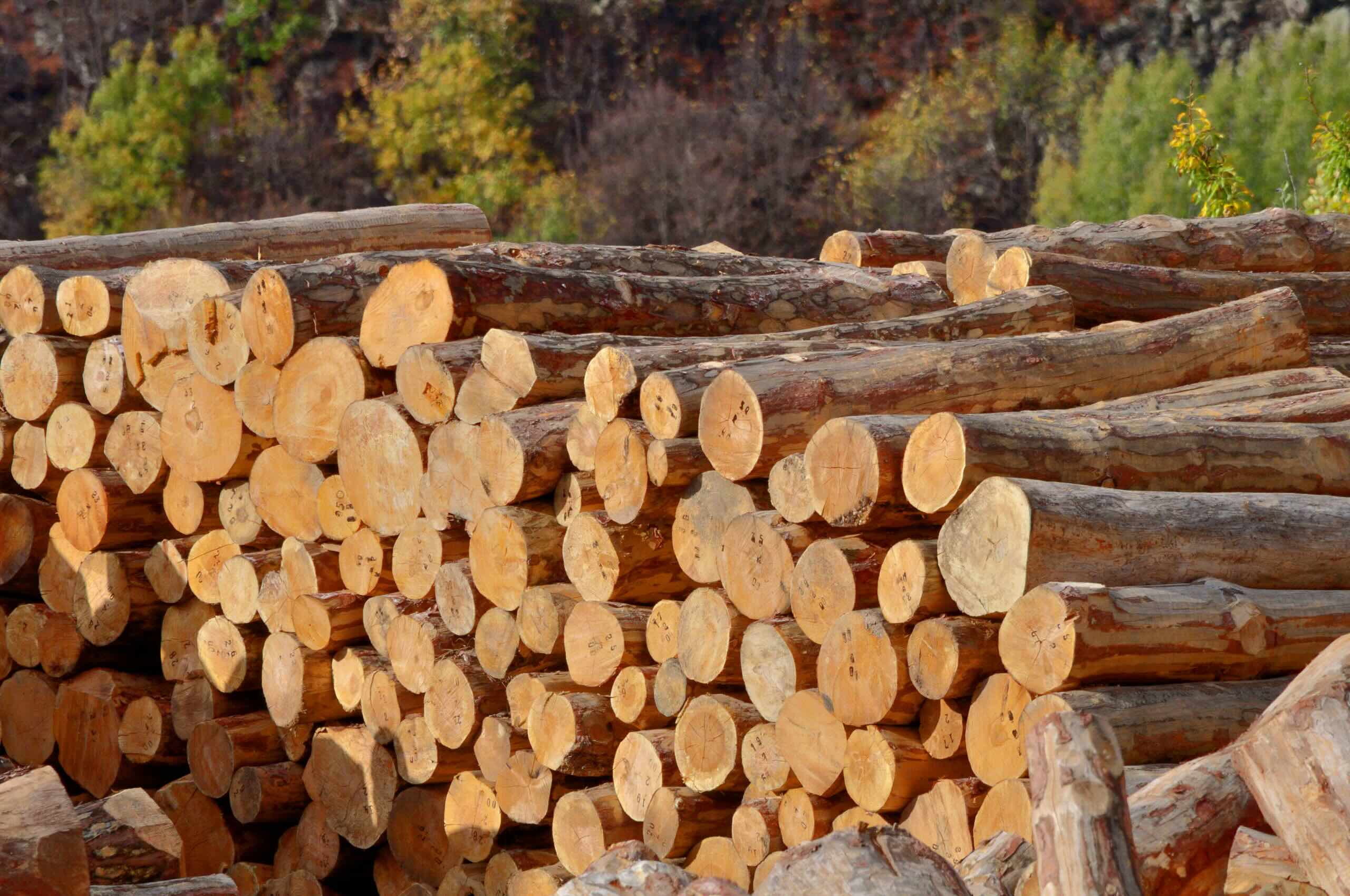
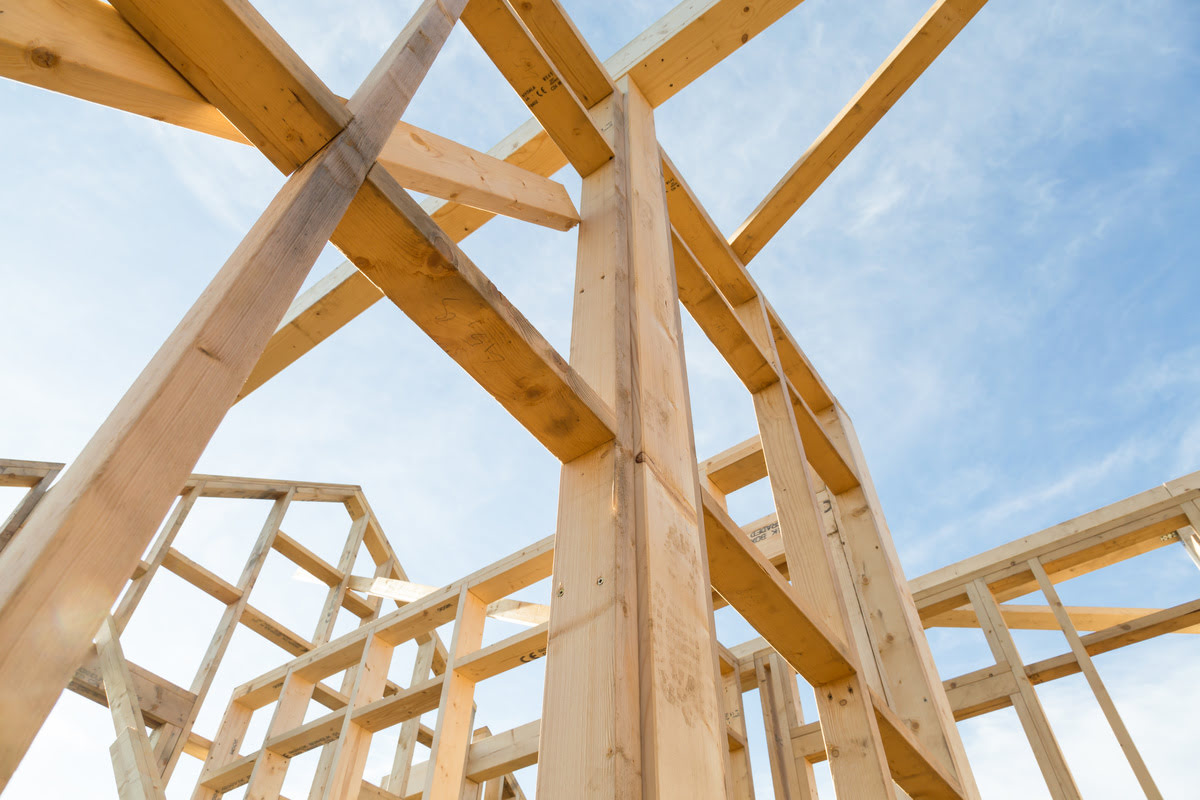
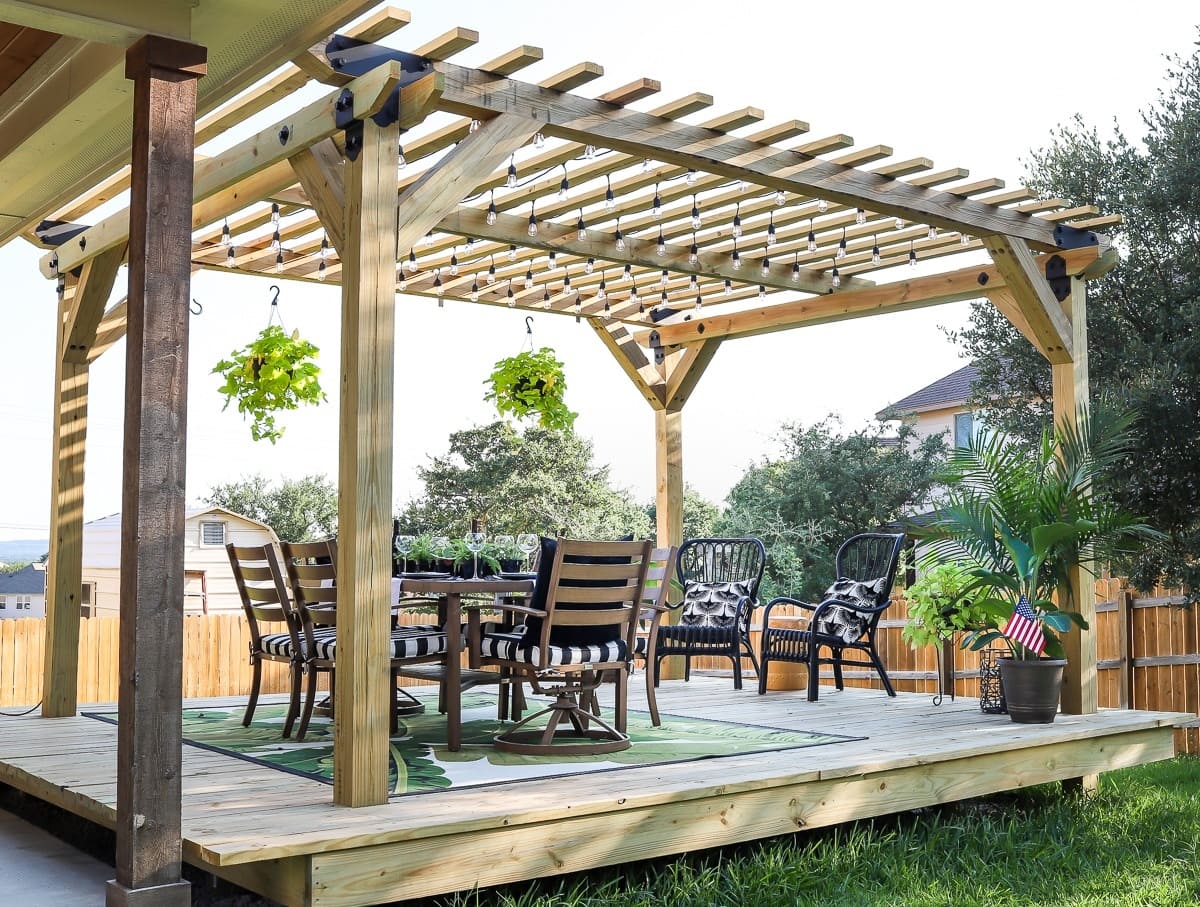
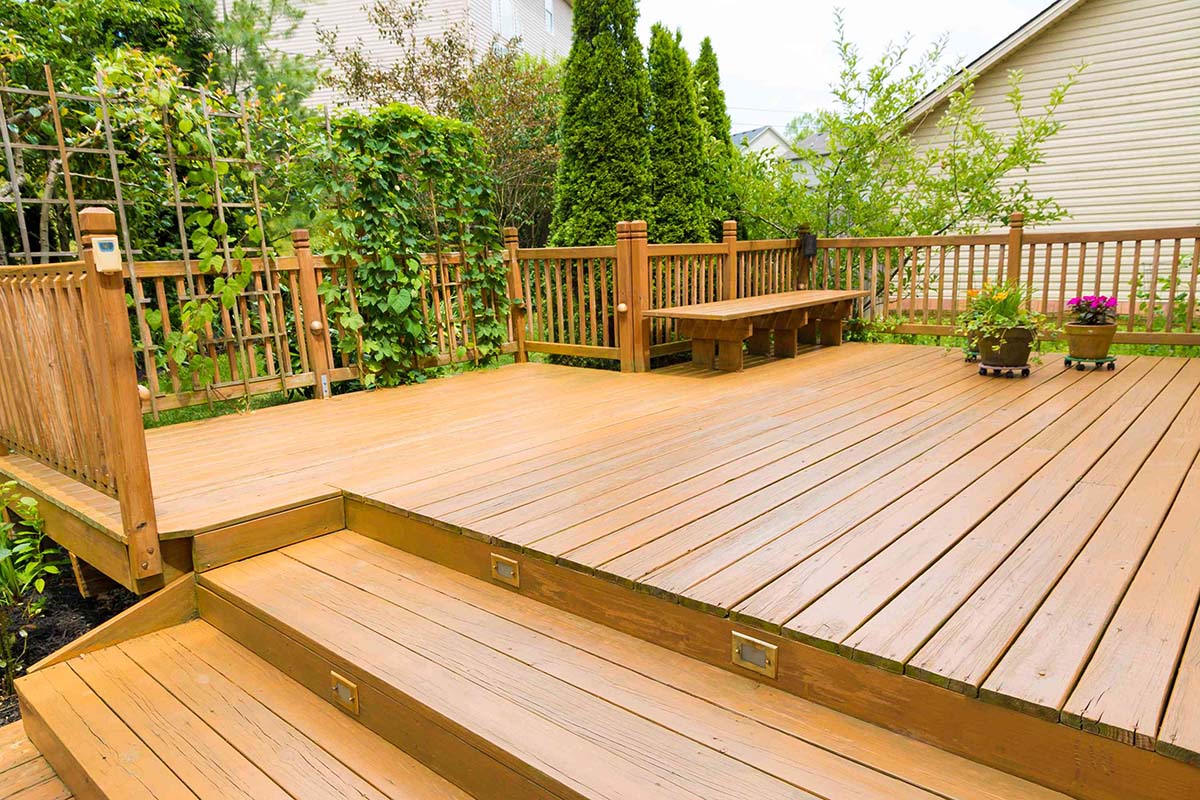
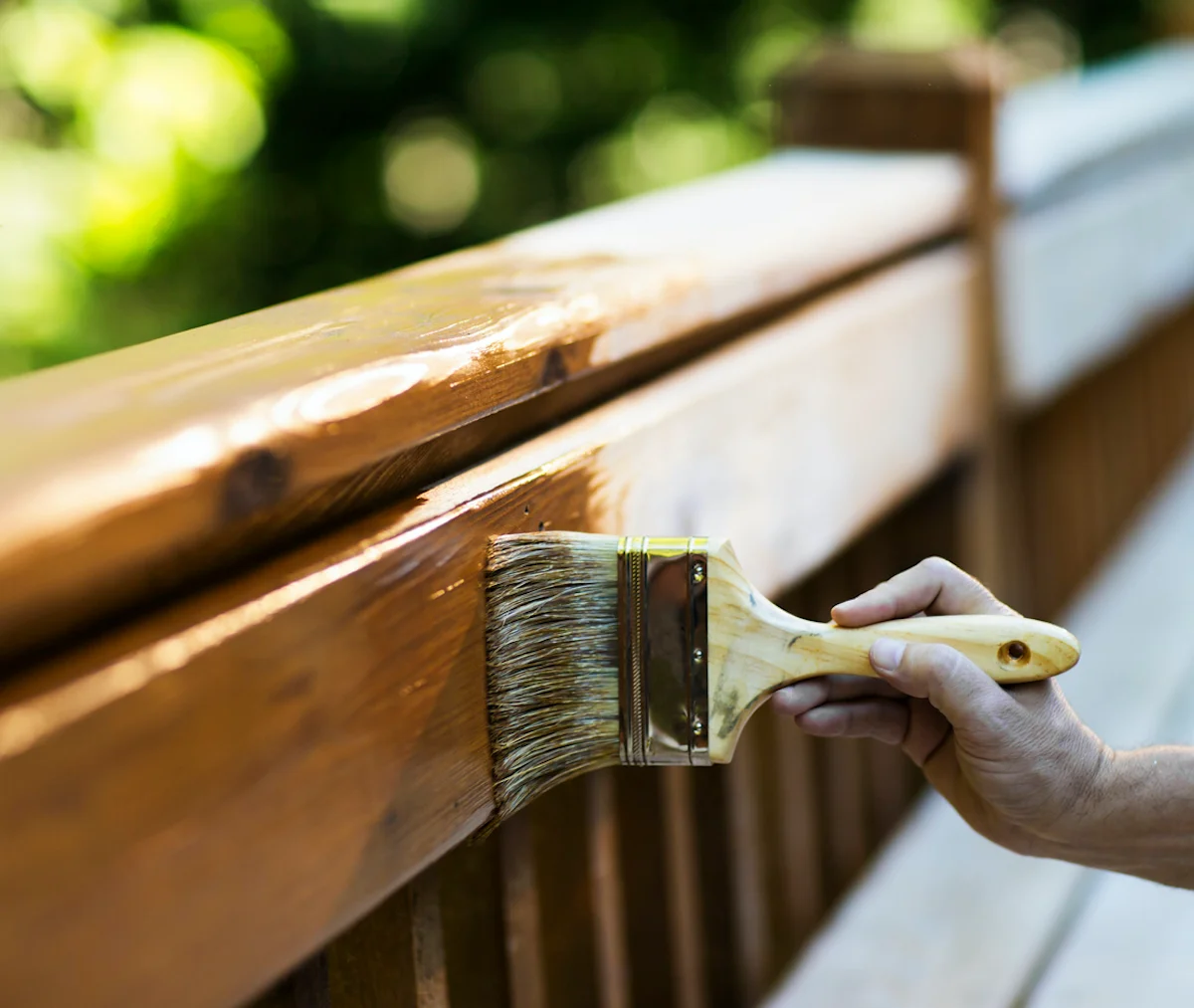
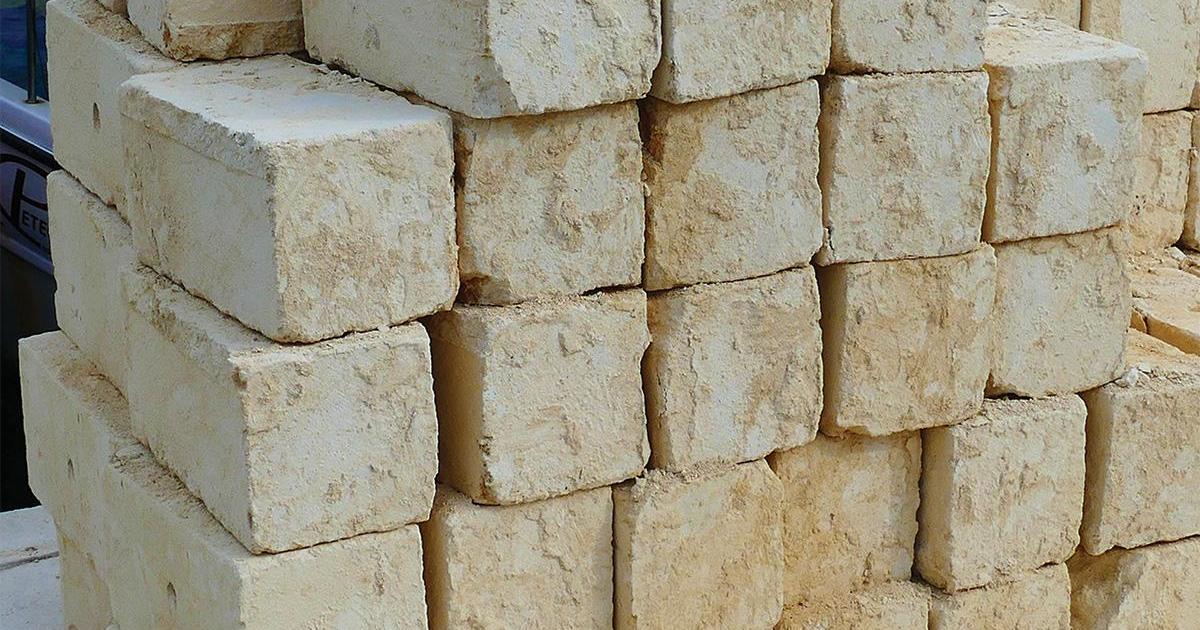
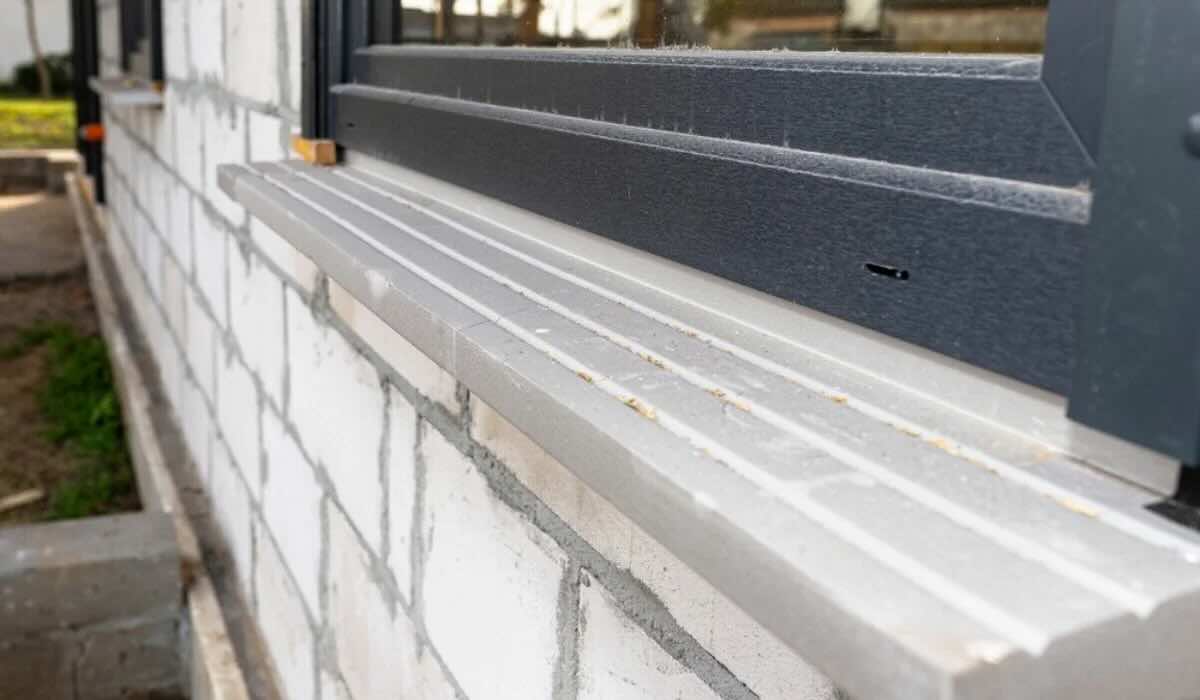
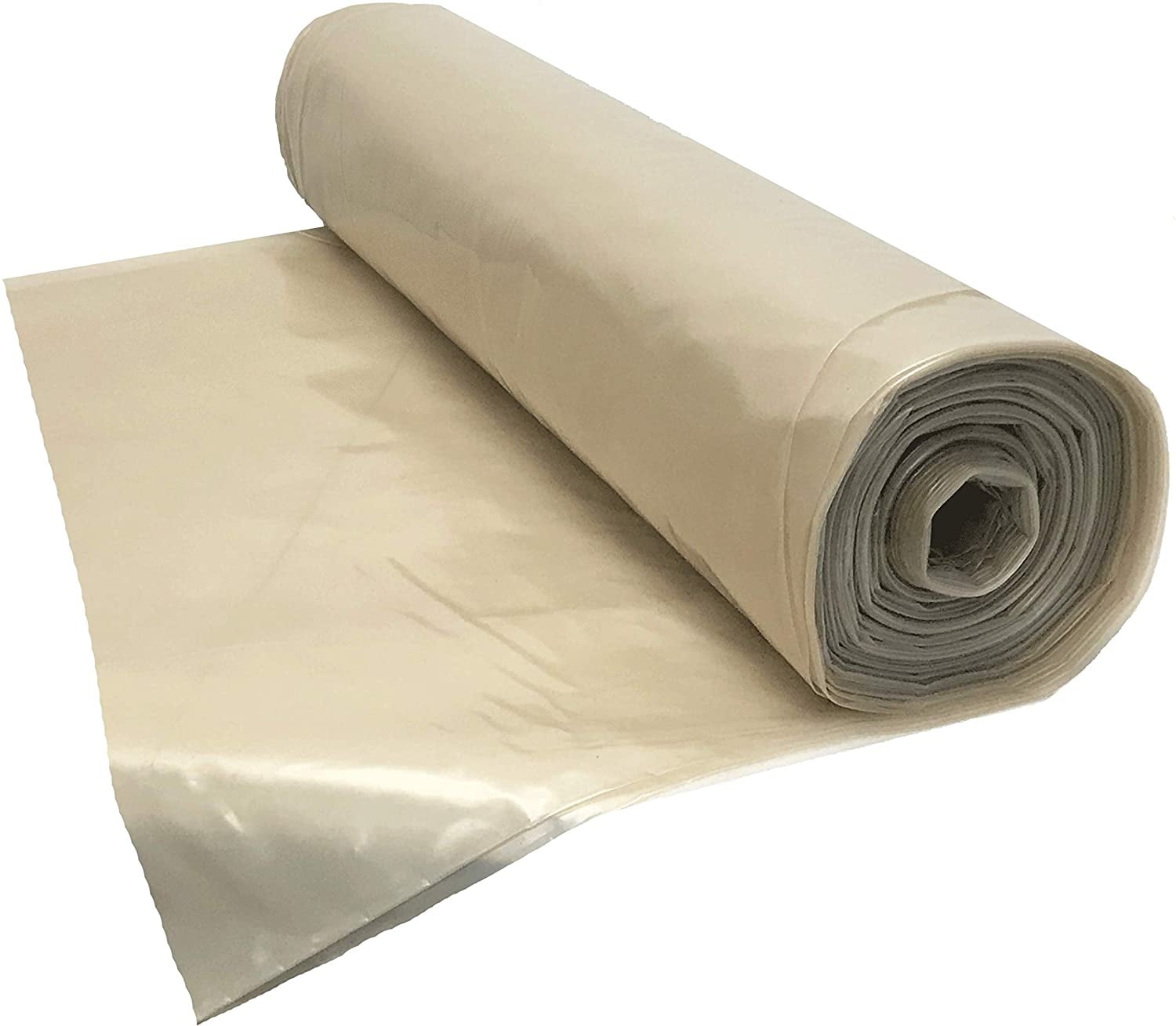
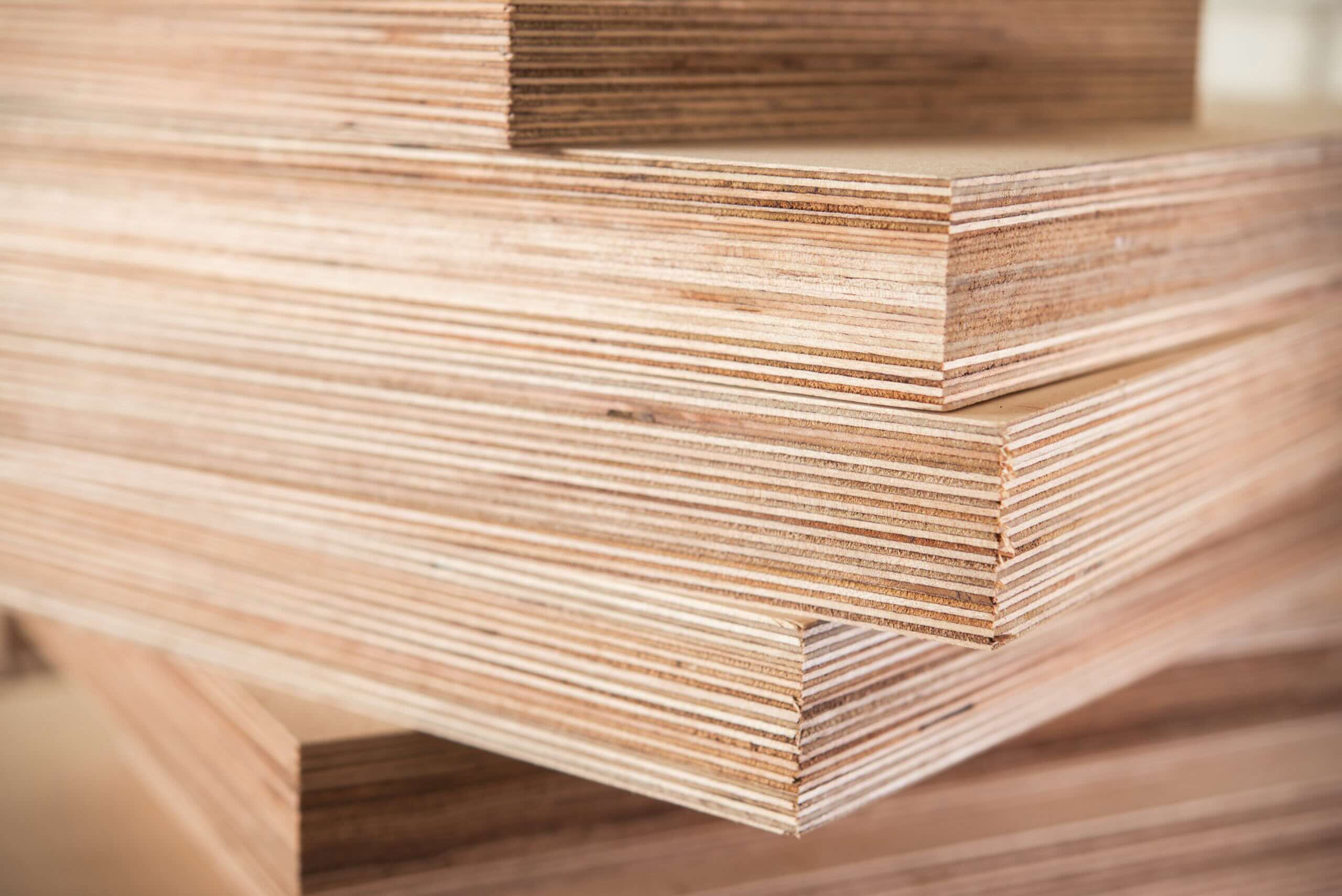
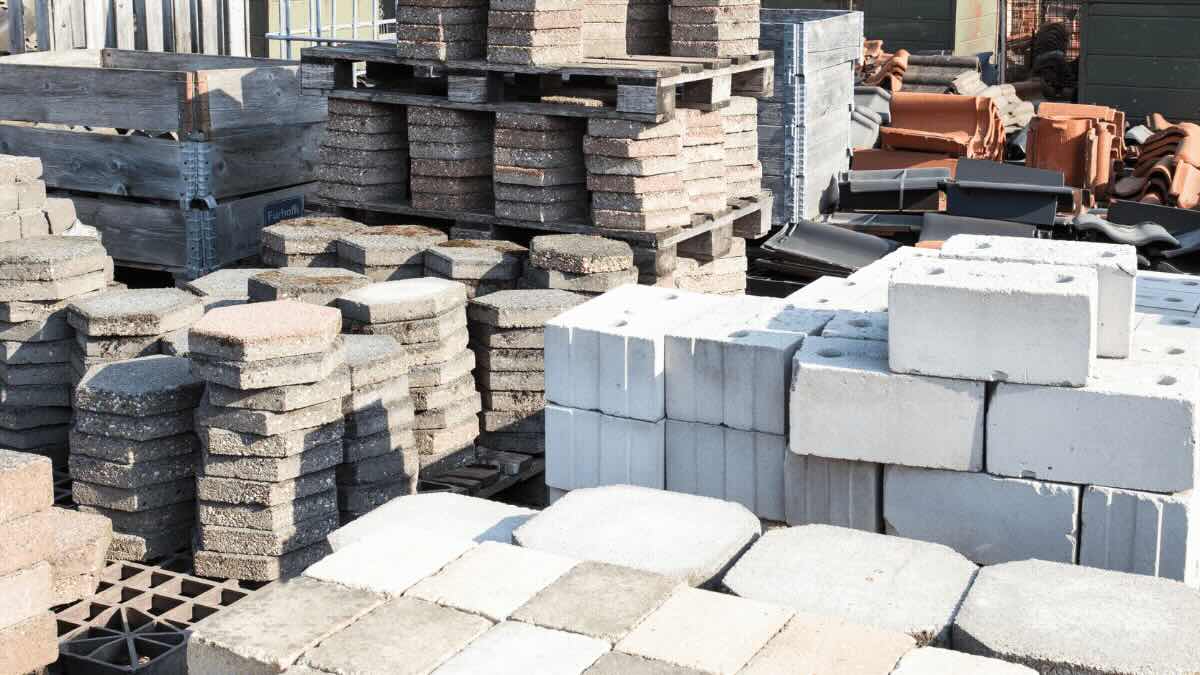
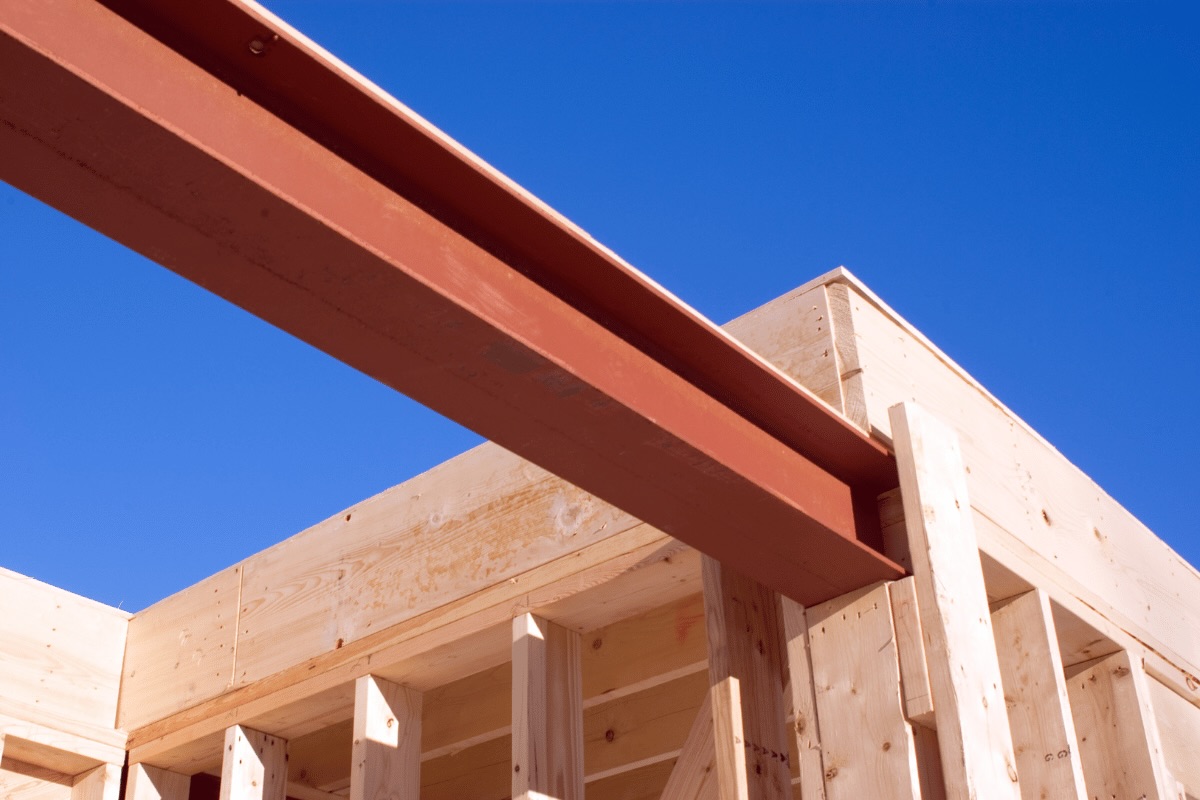
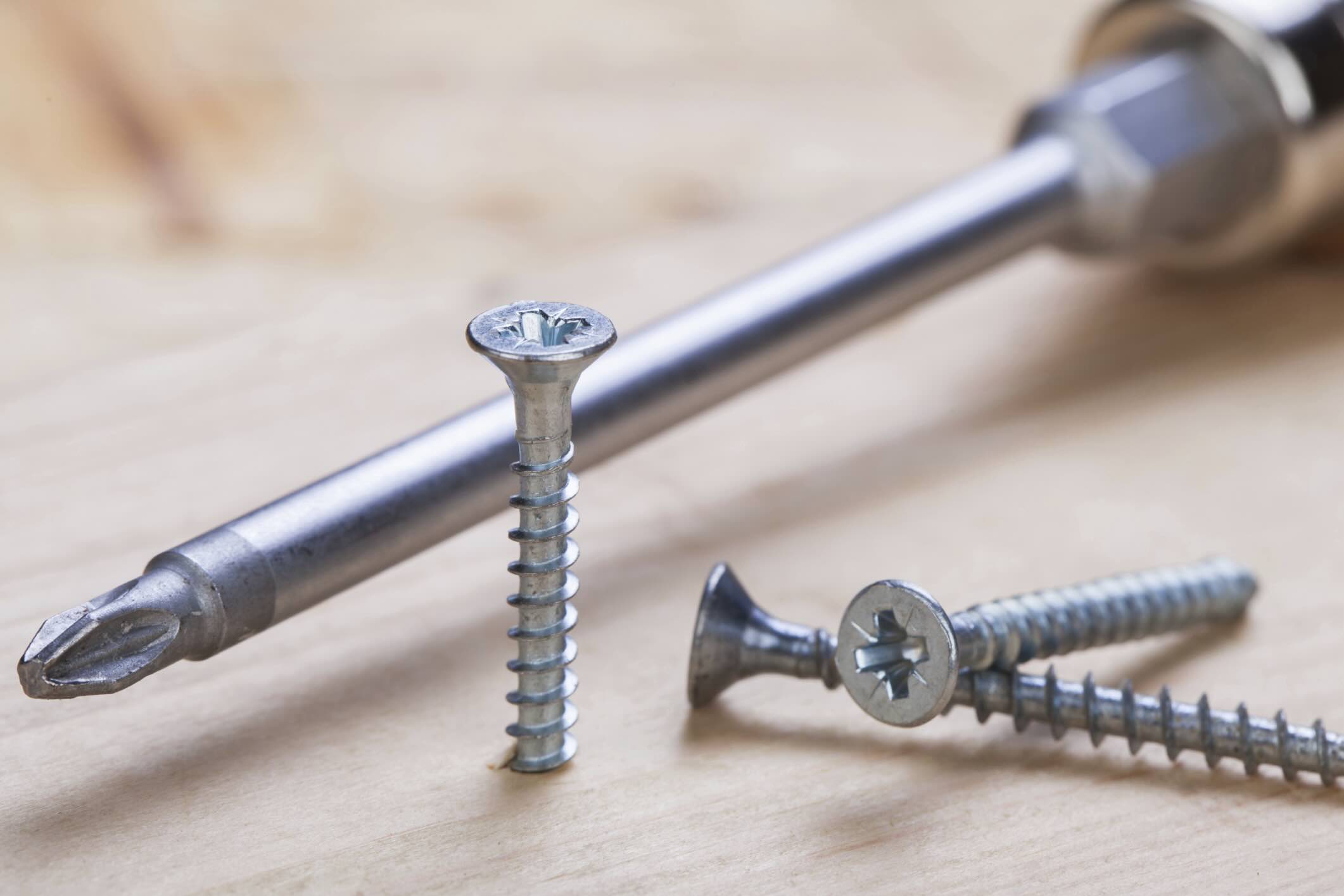
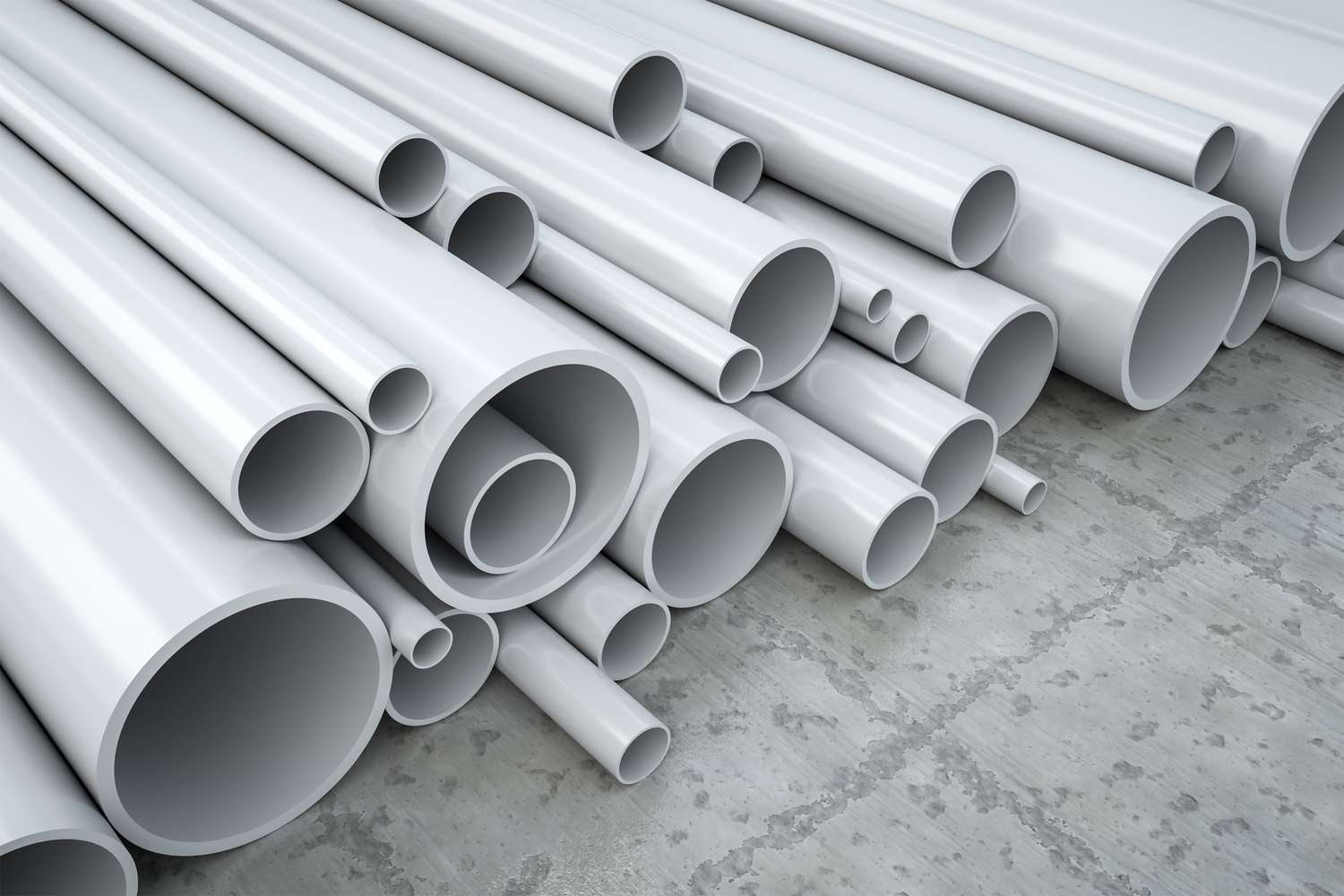
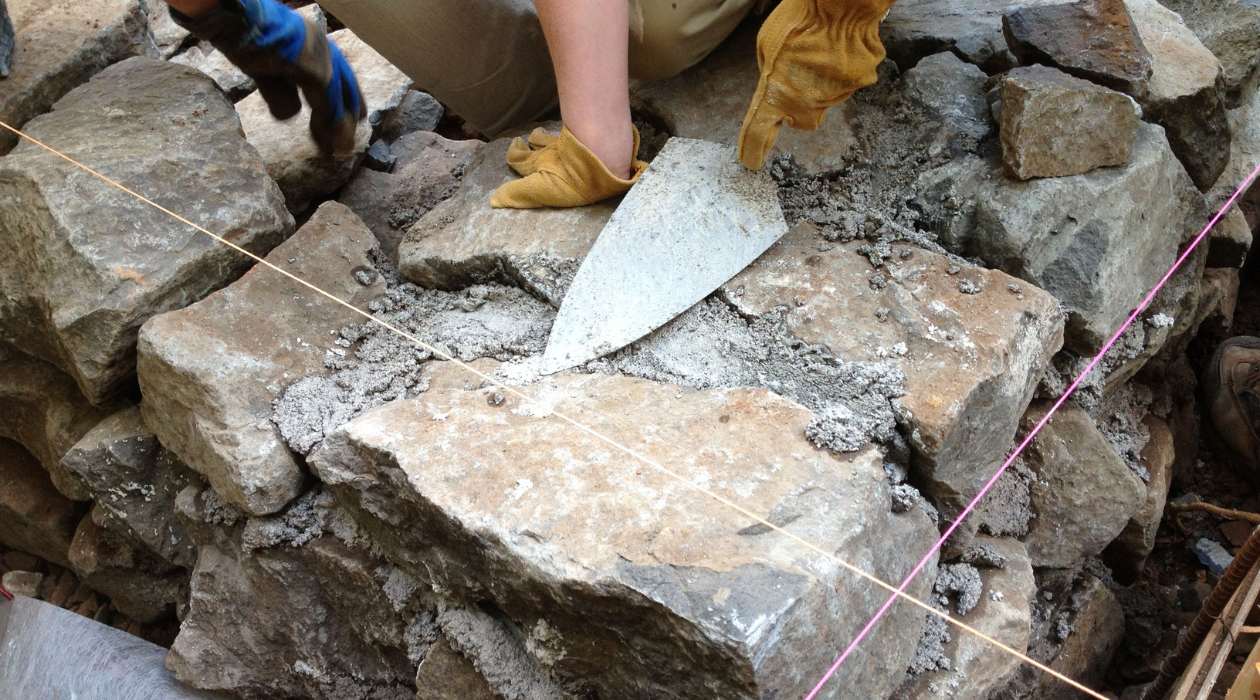

0 thoughts on “What Wood Is Used In Construction”